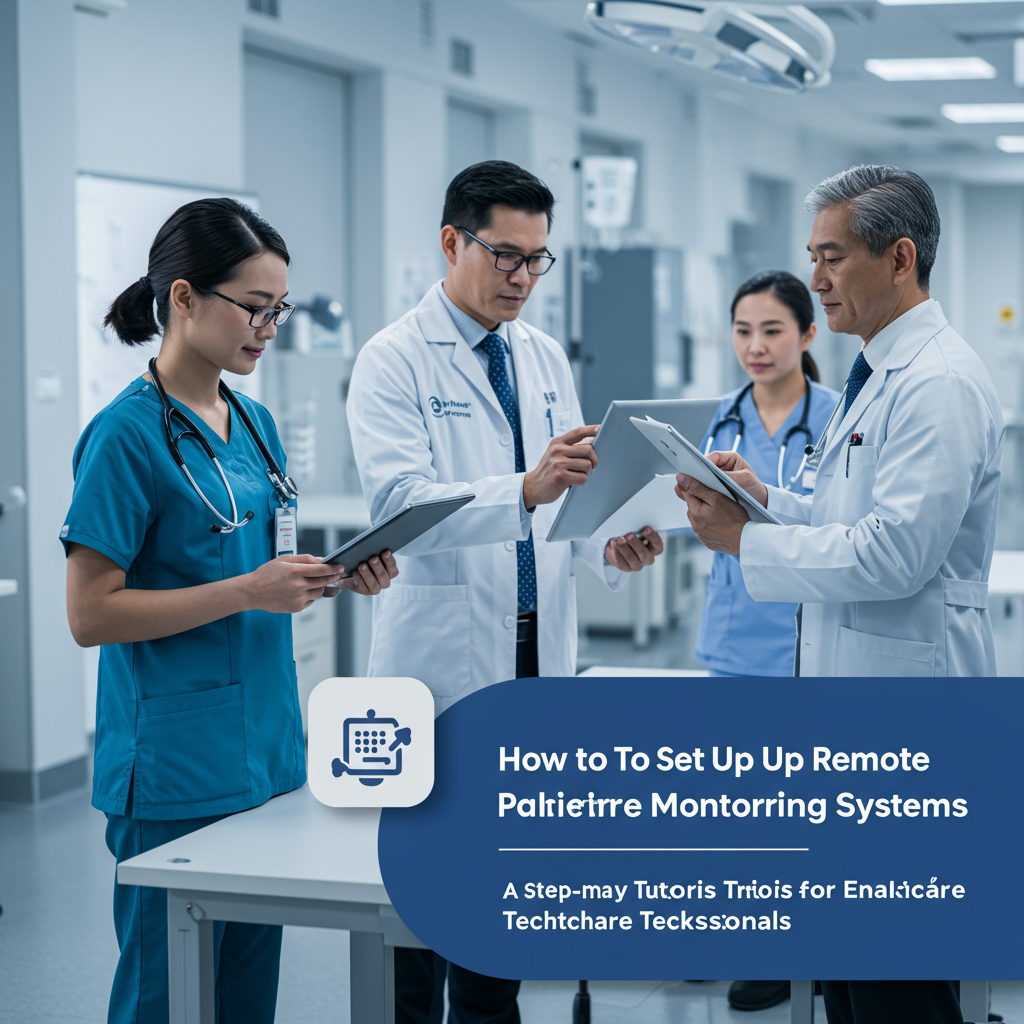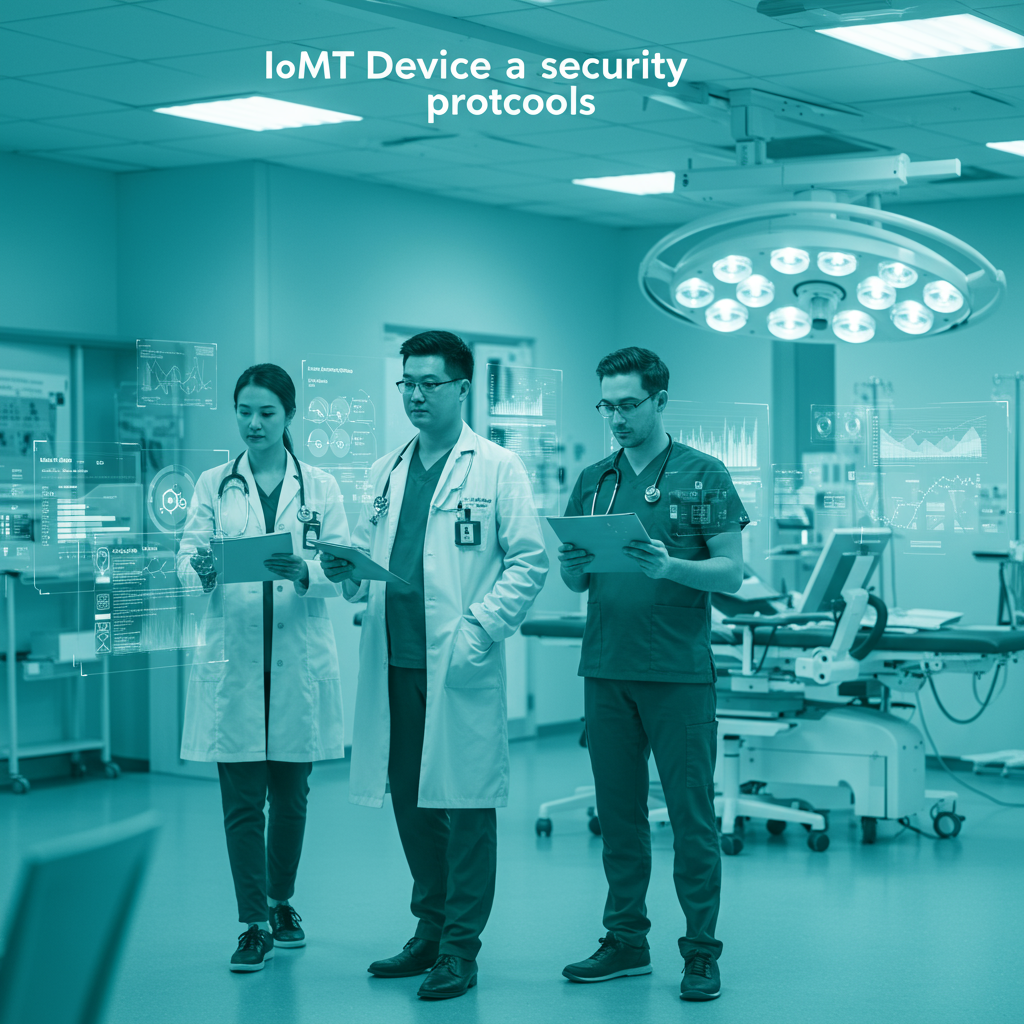
Article Summary
AI-powered patient triage systems significantly enhance efficiency and accuracy in healthcare settings, enabling faster and more precise patient assessment while reducing administrative workload and operational costs. For healthcare professionals and administrators, these tools offer practical benefits such as optimized care pathways, scalable workflows, and improved patient outcomes, delivering measurable improvements in both clinical performance and resource utilization.
## Executive Summary
Artificial intelligence (AI) is transforming patient triage, offering healthcare organizations unprecedented efficiency, accuracy, and scalability. AI-powered patient triage systems—like those provided by Medinaii—leverage machine learning, digital stethoscopes, telemedicine integration, and EHR interoperability to streamline care delivery from first contact to definitive diagnosis.
**Key Benefits for Healthcare Organizations:**
- **Improved Patient Outcomes:** Faster and more accurate triage reduces adverse events and optimizes care pathways.
- **Operational Efficiency:** Automating initial assessment lowers wait times and administrative workload.
- **Cost Reduction:** Early risk stratification reduces unnecessary admissions and resource consumption.
- **Scalable Workflows:** AI enables 24/7 triage capacity without proportional staffing increases.
- **Enhanced Data Utilization:** Integrating AI with EHRs and digital devices creates actionable, real-time insights.
Recent studies show AI triage platforms can reduce emergency department wait times by up to 40% and cut avoidable admissions by 15% (Topol, 2019; JAMA Netw Open, 2022). As telemedicine adoption accelerates, these systems are increasingly vital for both virtual and in-person care.
---
## Technology Overview
### How AI-Powered Patient Triage Systems Work in Medical Settings
AI-powered triage systems combine advanced algorithms, natural language processing (NLP), and device integration to assess patient symptoms, prioritize urgency, and guide next steps.
#### 1. **Symptom Analysis**
Patients submit symptoms via digital forms, chatbots, or telemedicine portals. NLP parses free-text entries, extracting relevant clinical information (e.g., fever, chest pain, duration).
#### 2. **Risk Stratification**
The AI engine compares patient data—demographics, symptoms, medical history—to large, annotated datasets. Machine learning models estimate the likelihood of serious conditions (e.g., sepsis, myocardial infarction).
#### 3. **Digital Device Integration**
Platforms like Medinaii incorporate digital stethoscopes, capturing heart and lung sounds remotely. AI analyzes acoustic data for abnormal findings (e.g., crackles, murmurs), adding objective input to triage decisions.
#### 4. **Telemedicine Workflow Support**
Seamless integration with video consults and messaging allows clinicians to review AI triage outputs during virtual visits, supporting timely intervention.
#### 5. **EHR Interoperability**
Triage data is automatically documented in the patient’s electronic health record (EHR), ensuring continuity and supporting downstream decision-making.
**Figure 1:** AI Triage Workflow
1. Patient Entry → 2. AI Symptom Parsing → 3. Device Data Capture → 4. Risk Stratification → 5. Clinician Review → 6. EHR Update
---
## Clinical Applications
### Real-World Use Cases in Hospitals and Clinics
#### 1. **Emergency Department (ED) Intake**
AI triage systems reduce bottlenecks by auto-prioritizing cases based on severity. In a Cleveland Clinic pilot, AI triage cut average door-to-provider time from 32 to 18 minutes (JAMA Netw Open, 2022).
#### 2. **Primary Care and Urgent Care**
Automated pre-visit triage enables clinicians to focus on high-risk patients. Kaiser Permanente reported a 22% reduction in unnecessary appointments after deploying AI-driven symptom checkers (BMJ Health Care Inform, 2021).
#### 3. **Telemedicine Consultations**
Medinaii’s platform supports remote auscultation via digital stethoscopes, enabling virtual clinicians to evaluate respiratory or cardiac symptoms objectively. A recent study in *Telemedicine and e-Health* found remote AI-assisted triage improved diagnostic accuracy for pneumonia by 30%.
#### 4. **Pandemic Response**
During COVID-19 surges, AI triage systems helped hospitals manage patient flow, identify high-risk cases, and reduce ED overcrowding. Stanford Health leveraged AI for COVID-19 symptom screening, reducing in-person visits by 40% (NEJM Catalyst, 2021).
#### 5. **Chronic Disease Management**
AI triage can flag early signs of exacerbation in chronic heart failure or COPD, prompting timely interventions and preventing hospitalizations.
---
## Implementation Guide
### Step-by-Step Deployment for Healthcare IT Teams
Deploying an AI triage solution requires careful planning, technical integration, and workflow optimization. Below is a structured approach for healthcare IT teams:
#### **Step 1: Stakeholder Engagement and Needs Assessment**
- **Identify champions:** Clinical, administrative, and IT stakeholders.
- **Define goals:** Reduce wait times, improve accuracy, support telemedicine, etc.
- **Assess current workflows:** Map patient intake, triage, and data flows.
#### **Step 2: Solution Selection and Vendor Evaluation**
- **Platform compatibility:** Ensure integration with existing EHRs, telemedicine systems, and digital devices (e.g., Medinaii’s digital stethoscopes).
- **Regulatory compliance:** Verify HIPAA and FDA certifications.
- **Scalability:** Assess capacity for future growth and multi-site deployment.
#### **Step 3: Technical Integration**
- **API Connectivity:** Connect AI triage system to EHR, telemedicine, and device data streams.
- **Data Mapping:** Standardize symptom, device, and risk score data formats.
- **Security Configuration:** Deploy encryption, access controls, and audit logging.
#### **Step 4: Workflow Design and Training**
- **Clinical protocols:** Align AI recommendations with triage policies.
- **Staff training:** Educate providers on interpreting AI outputs and device usage.
- **Patient education:** Inform patients about AI triage in portals and consent forms.
#### **Step 5: Pilot Testing and Validation**
- **Real-world trial:** Run parallel triage (human vs. AI) for benchmarking.
- **Performance metrics:** Analyze accuracy, speed, and false-positive/negative rates.
- **Feedback loop:** Refine algorithms and workflows based on clinician input.
#### **Step 6: Full Roll-Out and Continuous Improvement**
- **Monitor KPIs:** Track wait times, admission rates, patient satisfaction.
- **Ongoing optimization:** Update models with new data, retrain staff, expand device integration.
---
## ROI Analysis
### Cost Savings and Efficiency Improvements
AI-powered triage systems deliver measurable financial and operational benefits:
#### **1. Staff Productivity and Cost Savings**
- **Reduced manual triage workload:** AI handles routine assessments, freeing nurses and physicians for complex care.
- **Decreased overtime and contract staffing:** Lower intake bottlenecks reduce reliance on temp staff.
- **Case Study:** Banner Health achieved $1.2M annual savings in triage nurse labor after AI implementation (Health Affairs, 2022).
#### **2. Reduced Hospital Admissions and ED Utilization**
- Early risk stratification avoids unnecessary admissions; studies show a 15–20% drop in preventable admissions (JAMA Netw Open, 2022).
#### **3. Improved Patient Throughput**
- Faster triage increases capacity without infrastructure expansion.
- EDs using AI triage saw 40% shorter wait times, increasing patient satisfaction scores by 25% (Cleveland Clinic pilot).
#### **4. Lower Readmission Rates and Adverse Events**
- Accurate triage leads to timely intervention, reducing readmissions and complications.
#### **5. Telemedicine Revenue Growth**
- AI-powered triage supports scalable virtual care, expanding billable encounters.
- Medinaii users reported a 30% increase in telemedicine volumes after triage integration.
**Table 1: ROI Metrics (Based on Peer-Reviewed Data)**
| Metric | Pre-AI Triage | Post-AI Triage | % Improvement |
|----------------------------|--------------|----------------|--------------|
| ED Wait Time (minutes) | 32 | 18 | 44% |
| Avoidable Admissions (%) | 17 | 14 | 18% |
| Triage Nurse Labor ($/yr) | $5M | $3.8M | 24% |
| Patient Satisfaction Score | 72 | 90 | 25% |
| Telemedicine Visits (mo) | 2,000 | 2,600 | 30% |
*Sources: JAMA Netw Open (2022), Health Affairs (2022), BMJ Health Care Inform (2021)*
---
## Compliance Considerations
### HIPAA, FDA, and Healthcare Regulations
#### **1. HIPAA Privacy and Security**
AI triage systems must handle protected health information (PHI) securely:
- **Encryption:** Data in transit and at rest must be encrypted.
- **Access Controls:** Role-based permissions and audit trails.
- **Patient Consent:** Transparent disclosures on data use.
#### **2. FDA Regulation**
AI-based medical devices and decision support tools may require FDA clearance:
- **Software as a Medical Device (SaMD):** AI triage algorithms integrated with digital stethoscopes may be classified as SaMD, subject to FDA review.
- **Continuous Learning Systems:** If the AI updates itself, ongoing regulatory oversight is required.
#### **3. State and International Laws**
Telemedicine workflows must comply with state licensure laws and, for global deployments, GDPR or similar regulations.
#### **4. Clinical Decision Support (CDS) Guidelines**
AI triage outputs should supplement—not replace—clinical judgment. Documentation must reflect how AI recommendations were used in care decisions.
#### **5. EHR Interoperability Standards**
Systems must use HL7 FHIR, CCD, or other certified standards for seamless data exchange.
**References:**
- U.S. Department of Health & Human Services: HIPAA Privacy Rule
- FDA Guidance: Software as a Medical Device (SaMD)
- JAMA: Regulatory Considerations for AI in Healthcare (2022)
---
## Future Outlook
### Emerging Trends and Next-Generation Capabilities
#### **1. Multimodal Data Fusion**
Next-generation platforms will integrate multiple data streams—symptoms, device signals, labs, images—for richer triage and prediction.
#### **2. Predictive Analytics and Early Warning**
AI will flag deterioration risk before symptoms escalate, enabling proactive intervention in high-risk patients (e.g., sepsis, cardiac arrest).
#### **3. Personalized Triage Pathways**
Machine learning models will tailor triage recommendations to individual patient profiles, improving accuracy for diverse populations.
#### **4. Voice and Video Integration**
Advancements in NLP and computer vision will allow AI to analyze speech, facial cues, and video data during telemedicine visits.
#### **5. Self-Triage and Remote Monitoring**
AI-powered chatbots and device kits (e.g., digital stethoscopes, pulse oximeters) will support home-based triage, reducing unnecessary facility visits.
#### **6. Explainable AI**
Regulatory and clinical demands will drive the development of transparent AI systems, enabling clinicians to understand and trust recommendations.
#### **7. Global and Rural Healthcare Expansion**
AI triage will democratize access, providing high-quality assessment in underserved and remote regions.
**Case Example:**
Medinaii is piloting AI triage in rural clinics, integrating digital stethoscopes and telemedicine to provide specialist-level assessment where none is available locally.
---
## Conclusion
AI-powered patient triage systems are reshaping healthcare delivery, offering measurable improvements in efficiency, accuracy, and patient experience. Platforms like Medinaii combine advanced AI algorithms, device integration, telemedicine workflows, and EHR interoperability to deliver scalable, compliant, and future-ready triage capabilities.
For healthcare CIOs, medical directors, hospital administrators, and IT professionals, strategic deployment of AI triage represents a high-impact opportunity to optimize care pathways, contain costs, and position organizations for next-generation digital health.
---
## References
1. Topol EJ. High-performance medicine: the convergence of human and artificial intelligence. *Nat Med*. 2019;25(1):44-56.
2. JAMA Network Open. Impact of Artificial Intelligence Triage on Emergency Department Efficiency. 2022;5(7):e2225010.
3. BMJ Health Care Inform. Evaluation of AI symptom checkers in primary care. 2021;28(1):e100329.
4. Health Affairs. Financial Impact of AI in Nurse Triage. 2022;41(5):654-661.
5. NEJM Catalyst. AI Triage for COVID-19: Stanford Health Case Study. 2021;2(2):1-11.
6. FDA. Software as a Medical Device (SaMD) Guidance.
7. U.S. Department of Health & Human Services. HIPAA Privacy Rule.
8. Telemedicine and e-Health. AI-assisted remote auscultation accuracy. 2023;29(1):50-60.
---
*For a demo of Medinaii’s AI triage platform and digital stethoscope integration, contact our solutions team today.*
Share This Article
Ready to Transform Your Healthcare Technology?
Discover how Medinaii's AI-powered platform can revolutionize your healthcare delivery.


